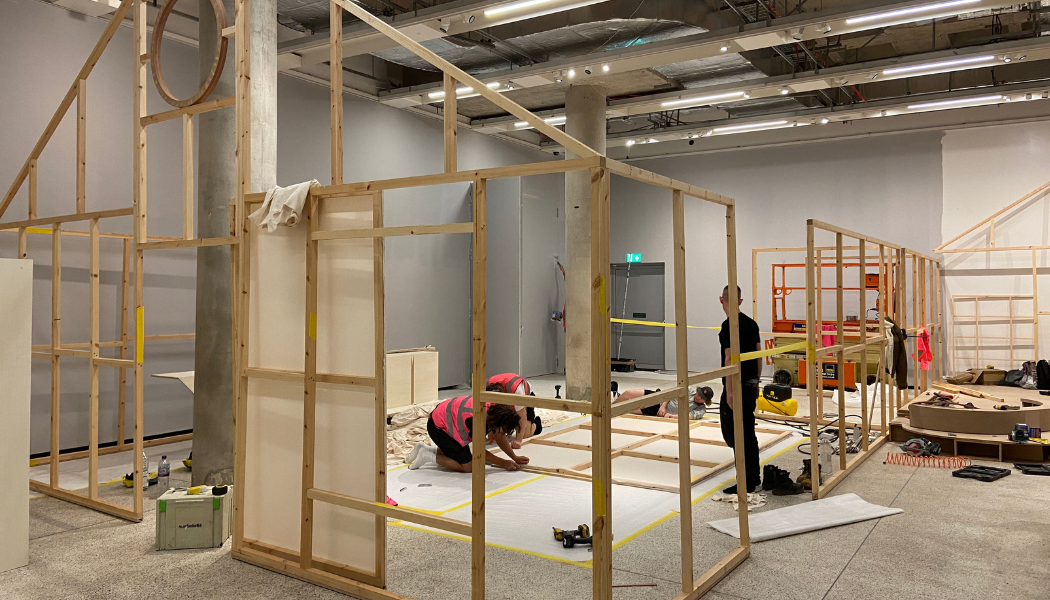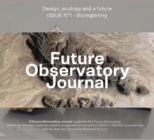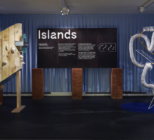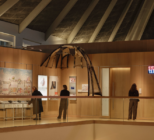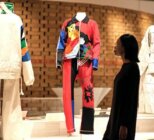The Design Museum has expanded its toolkit for reducing the environmental impact of exhibitions, translating it into all 6 UN languages.
The Chinese, French, Russian and Spanish versions have been developed with support from consultancy Culture Connect.
Working in collaboration with Art Jameel, an updated version of the guide which includes regional case studies has also been produced in English and Arabic for the MENAT region (Middle East, North Africa, and Turkey).
The museum’s Environmental Impact Toolkit was launched last year, with the intention that it was shared and used across the wider museum community.
It consists of a written guide to reducing the environmental impact of exhibition design and an impact model, to track and calculate the carbon emissions related to each of their exhibitions.
Supported by Future Observatory and funded by the Arts and Humanities Research Council (AHRC), it emerged after the museum’s ‘Waste Age’ exhibition, which itself explored how designers can repurpose waste and forge a more sustainable industry.
The Design Museum is currently working with museums around the country to deliver bespoke advisory packages to support them on their journeys in this area.
Elise Foster Vander Elst, Head of Exhibitions and Environmental Impact Lead at the Design Museum, said: “Since the toolkit was launched last year, institutions from New York to New Zealand have been using our guide to inform their approach to producing exhibitions more responsibly.
“The tips on procurement, decision-making and how to measure CO2e have empowered colleagues around the globe, helping them understand where to focus attention for maximum impact. We’re delighted to be publishing this research in more languages to ensure it has even wider reach.”

